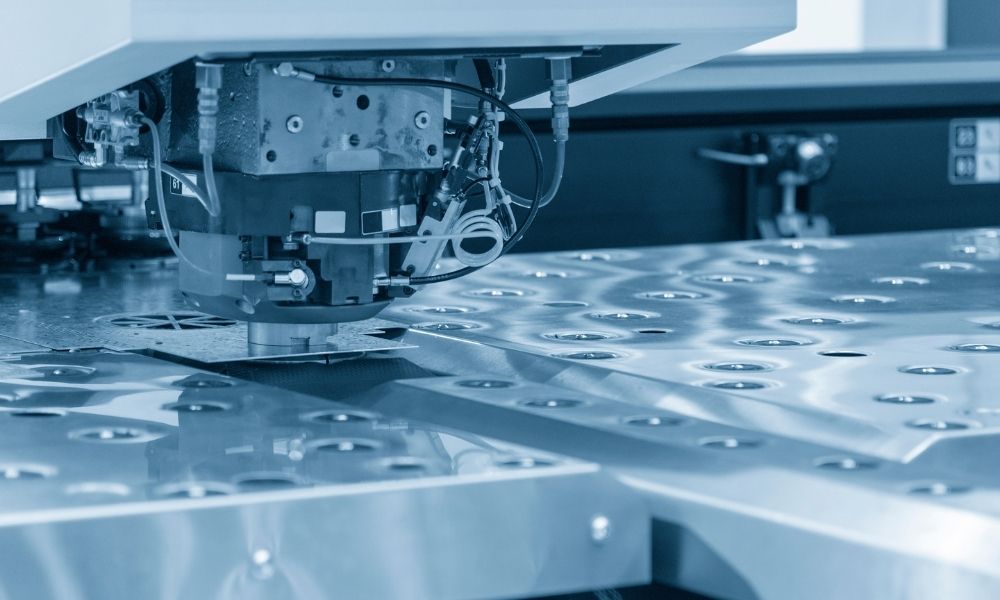Successfully Added
The product is added to your quote.

Large and small servo motors are everywhere these days. You can find servo motors in your day-to-day life, helping you move your car seat or automatically raise and lower your window. Other servomechanisms are used for robotics and various industrial applications
But what are servo motors exactly, and how do they work? If you've ever wondered about those questions, then keep on reading. In this article, we will go over what servo motors are and what they are used for. We'll discuss how they work and provide examples of modern uses for servomechanisms.

Servo motors are self-contained electrical devices that use a series of drive gears for exact movement. When applied to CNC, servo motors are used to control the position of the cutting implement within two-dimensional or three-dimensional space. They can also control the rotational velocity of other grinding and milling machines such as lathes.
The internal components of a servo and its relative complexity can vary depending on your application. However, three base components are always present: The motor, potentiometer, and control circuit.
The primary drive mechanism of any servo is the motor. The most basic Mitsubishi parts use a DC servo motor connected to a gearbox and output shaft. The motor controls the output shaft by rotating the connecting gears.
AC servo motors are also used in more complex servomechanisms. The alternating current allows for control through both voltage and frequency, providing for more fine control attunement.
The potentiometer functions as the feedback mechanism of the servo motor drive. With a three-pin connector, the combined inputs allow you to control the output shaft's direction, speed and position.
CNC servo motors utilize a control circuit to interpret electrical signals between the controller, the motor and the potentiometer. The control circuit can also relay signals from the potentiometer back to the controller, informing the user of the relative position of the output shaft.
Other variables such as AC servo motors, commutators, limiters, additional potentiometers and other components can introduce more levels of complexity.

Several different industries have uses for servo motors. When it comes to industrial fabrication and manufacturing, they are a fundamental part of modern production. The accuracy and speed make them critical components in today's fast-paced, high-volume production environments. The growing complexity of robotics allows them to be used in Yaskawa parts to control armatures for welding, cutting and punching, with high levels of precision in three-dimensional environments. A few uses include:
Pulse width modulation (PWM) controls large and small servo motors. The controller sends an electrical pulse to the drive. The pulse width tells the servo motor where and how to move.
Pulses can be either analog or digital depending on your servo motor drive. Digital pulses use a converter and small microprocessor to send and receive rapid signals, allowing for nearly six times as many pulses in the same time frame as an analog.
Programmable logic controllers (PLCs) are advanced controls that give a set of instructions to perform in sequence. For instance, a PLC can tell a CNC servo motor where to move along a sheet of stainless steel and how to cut it to produce a specific part. This process can be repeated until the whole sheet has been cut. Then, the machinist removes the sheet and places a new one on the cutting table to repeat the process.

Industrial Automation Co. is a leading online provider of aftermarket and replacement servo motors, drives and other industrial components. Our inventory includes hundreds of industrial servo motors from leading manufacturers across the globe. Search our available products by brand name to find the servo motors you need. Shop online at Industrial Automation Co. for CNC servo motors today.
Shop Replacement Servo Motors

